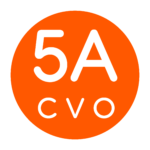Credentialing is a critical step in a healthcare professional’s career journey. It ensures that qualifications and backgrounds align with the required standards for safe and effective patient care. While essential, the credentialing process can be complex and time-consuming.
In this comprehensive guide, we will explore twenty essential tips to assist healthcare professionals in streamlining the credentialing process effectively. Additionally, we will delve into the value of NCQA Credentialing Accreditation and its significance in the healthcare industry.
1. Start Early and Plan Ahead
Initiating the credentialing process well in advance is paramount to avoid last-minute stress. Create a detailed timeline encompassing all essential steps, from gathering documentation to attending interviews or orientations. By proactively planning, you can ensure a smooth transition into your new healthcare setting without the hassles of rushing through the process.
2. Organize Your Documentation
Efficiently organizing all necessary documentation is the cornerstone of streamlining the credentialing process. Begin by digitizing essential documents, including your medical degree, board certifications, state licenses, and any relevant certifications. Store these digital copies securely in a dedicated digital folder or a cloud-based storage solution for easy access when required.
Additionally, maintain a well-organized physical file of your documents for reference during the application process or any in-person interviews. Ensure that all your documents are current and have not expired, as outdated credentials can lead to significant delays in credentialing.
3. Complete Applications Accurately and Thoroughly
Credentialing applications are typically comprehensive and demand a considerable amount of information. It is crucial to complete these applications meticulously, leaving no stone unturned. Before submission, carefully review the application forms to ensure that all required fields are accurately filled in. Transparency about your work history, including any gaps in employment, is essential.
Submitting error-free and comprehensive applications expedites the credentialing process and demonstrates your commitment to professionalism and quality patient care.
4. Maintain Open Communication
Effective communication with the various entities involved in credentialing is instrumental in ensuring a smooth experience. Stay in regular contact with the credentialing coordinator or team handling your application. Should you encounter challenges or have questions along the way, do not hesitate to reach out for clarification or assistance.
Additionally, respond promptly to requests for additional information or clarifications. Delays often occur when healthcare professionals fail to provide requested documents or information in a timely manner. Your responsiveness reflects positively on your professionalism and dedication to completing the credentialing process efficiently.
5. Consider Using a Credentialing Verification Organization (CVO)
Credentialing Verification Organizations (CVOs) are third-party entities specializing in verifying and credentialing healthcare professionals—many healthcare facilities and insurance providers partner with CVOs to streamline the credentialing process.
Consider enlisting the services of a CVO, especially if you anticipate a particularly complex or time-sensitive credentialing process. While there may be associated fees, the time saved and the peace of mind in knowing that experts are handling your credentials can be a worthwhile investment.
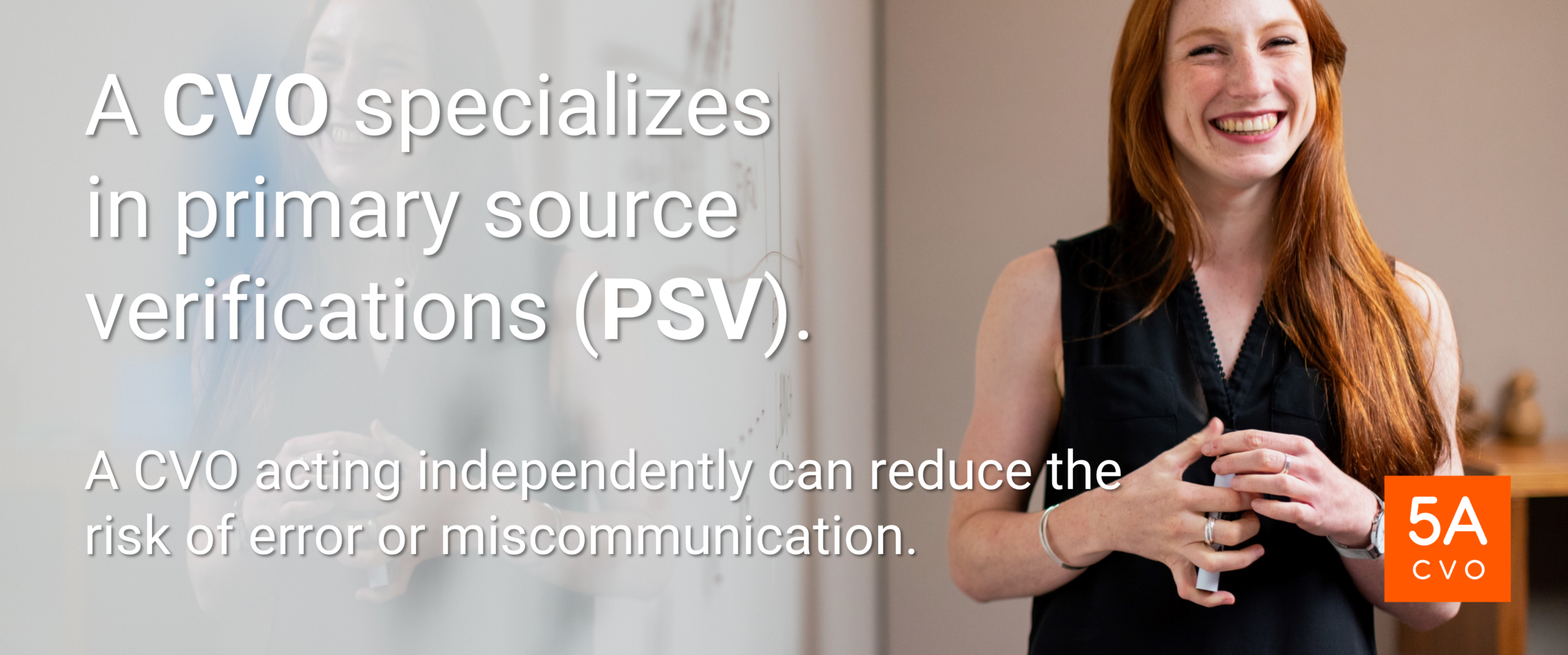
CVOs are adept at navigating the intricacies of credentialing, often maintaining established relationships with credentialing organizations. This can significantly reduce the time you need to become credentialed, allowing you to focus on patient care.
6. Stay Informed About State-Specific Requirements
Credentialing requirements can vary significantly from state to state. Healthcare professionals who practice in multiple states or are considering relocation must remain informed about the specific requirements in the states where they intend to practice.
To ensure compliance, conduct thorough research into the state’s medical board or licensing agency. Familiarize yourself with their unique requirements for licensure and credentialing, ensuring that you meet all prerequisites before submitting your application.
By staying informed and proactive about state-specific requirements, you can streamline the credentialing process and ensure a seamless transition to your new practice location.
7. Collaborate with Credentialing Experts
Navigating the credentialing process can be overwhelming, especially for healthcare professionals with demanding schedules. Many organizations and companies specialize in providing credentialing support and services.
Collaborating with these credentialing experts can significantly simplify the process. These experts are well-versed in the intricacies of credentialing, possess extensive experience, and often maintain strong relationships with credentialing organizations. They can provide invaluable guidance on navigating the process efficiently and effectively.
Credentialing experts can assist with preparing your applications, ensuring accuracy, and even submitting them on your behalf. They can also provide ongoing guidance on maintaining your credentials and staying compliant with evolving regulations, saving you time and stress.
8. Utilize Technology for Efficiency
In today’s digital age, technology can be a valuable asset in streamlining the credentialing process. Consider using dedicated credentialing software or platforms designed to simplify and automate the process.

These tools can help you manage and track your credentialing documents, application status, and expiration dates more efficiently. Some platforms even offer integration with databases and licensing boards, enabling quicker verification of your credentials. By embracing technology, you can significantly reduce paperwork, minimize errors, and expedite the credentialing process.
9. Familiarize Yourself with Different Credentialing Organizations
Understanding the various credentialing organizations relevant to your field is another key factor in streamlining the process. Depending on your specialty, you may need to interact with different accrediting bodies or certification boards. Familiarize yourself with the specific requirements and processes of these organizations to ensure a smooth experience.
For instance, if you’re a nurse practitioner, you might need to engage with organizations like the American Academy of Nurse Practitioners (AANP) or the American Nurses Credentialing Center (ANCC). Each organization may have its requirements and timelines, and finding a credentialing expert that is NCQA Credentialing Accredited may prove valuable. Knowing these details in advance can help you plan accordingly and prevent unnecessary delays.
10. Create a Comprehensive Professional Portfolio
A well-structured professional portfolio can be an invaluable tool during the credentialing process. Your portfolio should encompass your educational and professional qualifications, letters of recommendation, continuing education certificates, and any awards or honors you have received.
A readily available comprehensive portfolio can expedite the verification process and enhance your credibility as a healthcare professional. It provides a clear and organized snapshot of your qualifications, making it easier for credentialing committees and organizations to assess your readiness for practice.
11. Plan for Ongoing Maintenance and Re-Credentialing
The credentialing process does not end once you are initially credentialed. It requires ongoing maintenance to ensure compliance with industry standards and regulations. As part of streamlining the process, establish a schedule for credential maintenance tasks.
Tasks may include renewing licenses and certifications, completing required continuing education, and updating your contact information with credentialing organizations. Proactively managing these tasks prevents disruptions in your ability to practice and minimizes the effort needed for re-credentialing.
12. Utilize Online Credentialing Portals
Many healthcare organizations and credentialing bodies now offer online credentialing web portals for submitting applications and managing credentials. These portals streamline the process by providing a centralized platform for document submission, status tracking, and communication.
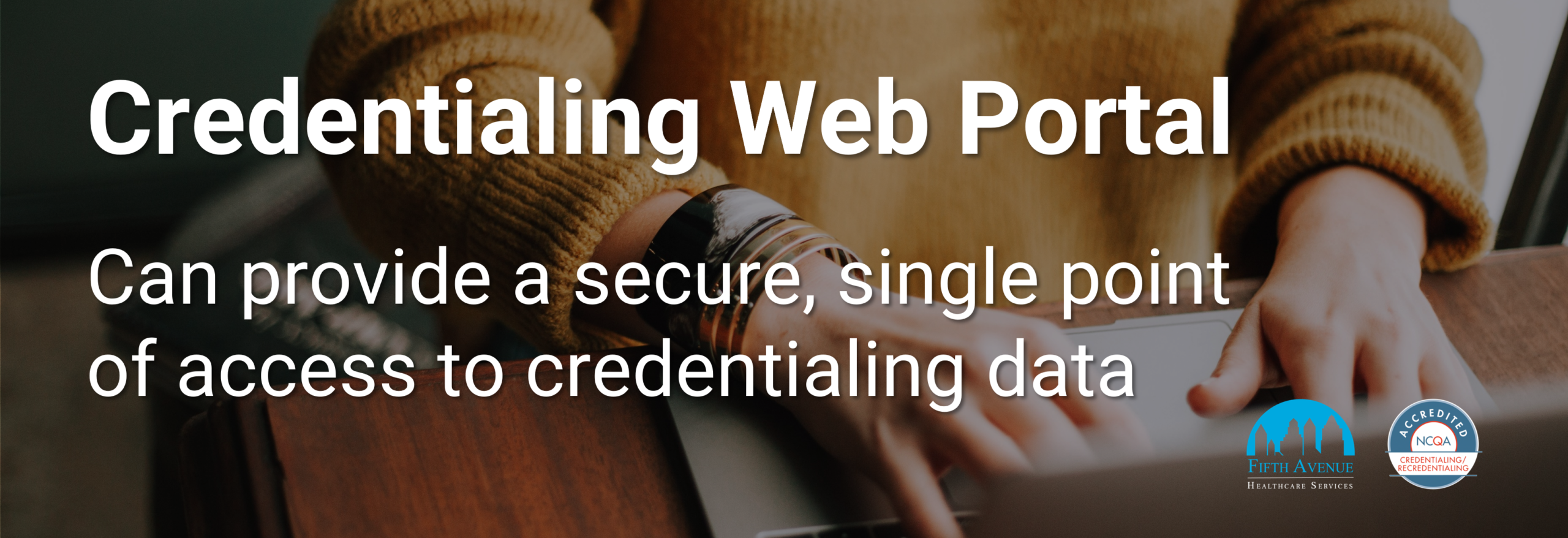
Familiarize yourself with the online credentialing portal used by your prospective employer or healthcare facility. These portals often include detailed instructions, checklists, and automated reminders to help you complete your application efficiently. By taking advantage of these digital tools, you can simplify document submission and eliminate the need for extensive paperwork.
13. Be Prepared for Interviews and Site Visits
Depending on the healthcare organization and the complexity of your application, you may be required to participate in interviews or site visits as part of the credentialing process. Preparing for these interactions in advance can help ensure a positive experience.
Gather all relevant documentation and be ready to discuss your qualifications, experience, and any potential areas of concern. Familiarize yourself with the organization’s policies, procedures, and standards of care. A well-prepared interview or site visit can demonstrate your commitment to providing quality care and expedite the final approval of your credentials.
14. Seek Feedback and Continuous Improvement
After successfully completing the credentialing process, take time to reflect on your experience. Were there any aspects of the process that could have been further streamlined or improved? Solicit feedback from colleagues or mentors who have undergone credentialing to gain insights into best practices.
Use this feedback to make continuous improvements in your credentialing approach. Implement changes that enhance efficiency, accuracy, and the overall experience. Adopting a continuous improvement mindset can further streamline the process for future credentialing endeavors.
15. Stay Informed About Industry Updates and Regulations
Subscribe to industry updates to stay informed about credentialing requirements and best practice changes. The healthcare landscape is continually evolving, and staying current is essential.
16. Coordinate with Employers
Maintain open communication with current and prospective employers to ensure smooth transitions. They may have insights or specific requirements that can facilitate the credentialing process.
17. Advocate for a Transparent and Efficient Credentialing Process
As a healthcare professional, your perspective is valuable. If you encounter challenges or inefficiencies during the credentialing process, provide constructive feedback to credentialing organizations. Your input can contribute to improvements that benefit all healthcare professionals.
18. Leverage Networking and Professional Relationships
Building and maintaining professional relationships can be advantageous during the credentialing process. Establishing connections within your field can help you navigate challenges more effectively. Attend local healthcare events, join professional organizations, and engage with peers and mentors.
These relationships can prove beneficial when you encounter hurdles during the credentialing process. A colleague who has experienced a comparable situation may offer valuable advice or introduce you to individuals who can provide guidance or support. Networking can also help you stay informed about opportunities and industry trends that may impact your credentialing requirements.
19. Maintain an Updated Curriculum Vitae (CV)
A well-structured curriculum vitae (CV) is an essential tool for healthcare professionals. It serves as a comprehensive document detailing your education, training, professional experience, and accomplishments. Keeping your CV up to date ensures that you have a readily available resource for the credentialing process.
An updated CV can help expedite the application process by providing a clear overview of your qualifications. Include details about your most recent employment, certifications, publications, presentations, and other relevant professional activities. An organized and current CV simplifies your application and reinforces your commitment to maintaining accurate records.
20. Plan for Ongoing Maintenance and Re-Credentialing
Credentialing is not a one-time event; it requires ongoing maintenance. Healthcare professionals must proactively manage their credentials to comply with industry standards and regulations. Part of streamlining the process involves planning for re-credentialing and re-verification of qualifications.
Create a schedule for credential maintenance tasks, such as renewing licenses and certifications, completing required continuing education, and updating contact information with credentialing organizations. Staying ahead of expiration dates and maintaining compliance can prevent disruptions in your ability to practice and minimize the effort required for re-credentialing.
The Value of NCQA Credentialing Accreditation
In the healthcare industry, credentialing is paramount to ensure patients receive high-quality care from qualified providers. Credentialing organizations play a crucial role in verifying the qualifications and competence of healthcare professionals. One such organization that holds a significant role in credentialing accreditation is the National Committee for Quality Assurance (NCQA).
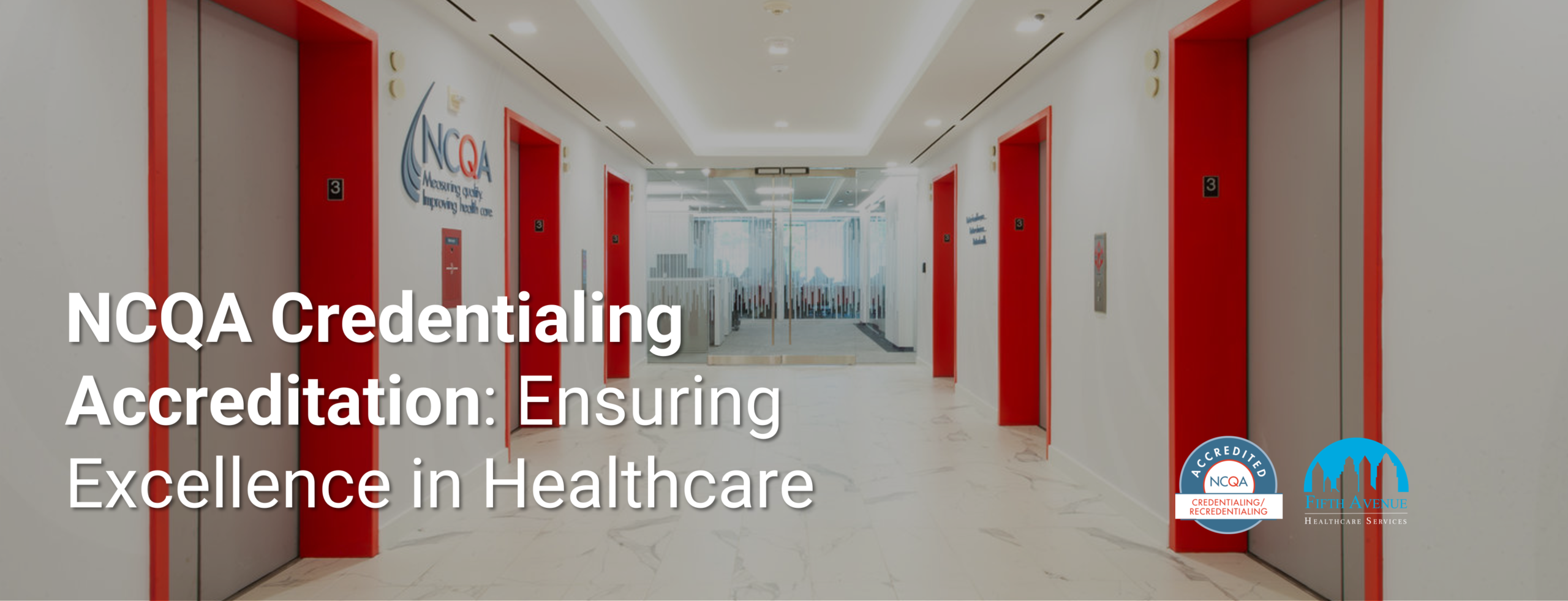
NCQA Credentialing Accreditation is a prestigious designation that signifies a healthcare organization’s commitment to maintaining lofty standards in credentialing processes. Healthcare facilities and insurance providers that achieve NCQA Credentialing Accreditation demonstrate their dedication to excellence in credentialing and a commitment to providing patients with access to qualified healthcare providers.
The value of NCQA Credentialing Accreditation lies in its rigorous standards and comprehensive evaluation of credentialing practices. Organizations that attain this accreditation have undergone a thorough assessment of their credentialing processes, including verification of education, training, licensure, and other qualifications of healthcare professionals. This scrutiny ensures that patients receive care from providers who meet stringent standards of competence and professionalism.
For healthcare professionals, being affiliated with an organization that holds NCQA Credentialing Accreditation can enhance their credibility and reputation. Patients often trust healthcare facilities and providers associated with organizations prioritizing quality and safety in credentialing. It can also streamline the process for healthcare professionals, as accredited organizations are more likely to have efficient and standardized credentialing procedures.
In summary, NCQA Credentialing Accreditation serves as a hallmark of quality and reliability in healthcare credentialing. It benefits healthcare organizations and professionals by ensuring patients receive care from qualified providers and simplifying and standardizing the credentialing process.
Streamlining the Credentialing Process: 20 Essential Tips for Healthcare Professionals: Conclusion
In conclusion, streamlining the credentialing process is a multifaceted endeavor that requires careful planning, organization, and proactive management. By embracing these twenty essential tips, healthcare professionals can navigate the credentialing process efficiently and effectively, reducing the complexities and potential delays that often accompany it.
Starting early, organizing documentation, completing applications accurately, maintaining open communication, considering CVOs, staying informed about state-specific requirements, collaborating with credentialing experts, utilizing technology, understanding different credentialing organizations, creating a comprehensive portfolio, planning for ongoing maintenance, using online credentialing portals, being prepared for interviews and site visits, seeking feedback and continuous improvement, staying informed about industry updates, coordinating with employers, advocating for improvements, leveraging networking and professional relationships, maintaining an updated CV, and planning for ongoing maintenance—all of these strategies collectively contribute to a streamlined credentialing process.
As healthcare professionals, your dedication to providing exceptional care is paramount. Streamlining the credentialing process allows you to focus more on patient care and less on administrative hurdles. Remember that efficient credentialing benefits you and the healthcare system as a whole, ensuring that qualified professionals are readily available to meet the community’s healthcare needs.
This comprehensive guide empowers healthcare professionals with the knowledge and strategies to navigate the credentialing process confidently and professionally. By implementing these tips, you can streamline your credentialing experience and contribute to delivering high-quality healthcare services to those who rely on your expertise.
The value of NCQA Credentialing Accreditation adds an extra layer of assurance and recognition to healthcare organizations and professionals, emphasizing the importance of quality and competence in patient care.
More information about Fifth Avenue Healthcare Services
Fifth Avenue Healthcare Services is an NCQA Credentialing Accredited family of healthcare companies. Sister companies include 5ACVO (credentialing and primary source verification specialists), Fifth Avenue Agency (MPLI and medical malpractice insurance specialists), and Primoris Credentialing Network (credentialing and provider enrollment specialists with 54+ health plan and network provider enrollment options).
Fifth Avenue Healthcare Services initially published this article here. For information on Fifth Avenue Healthcare Services, please visit FifthAvenueHealthcareService.com or Contact Us.
